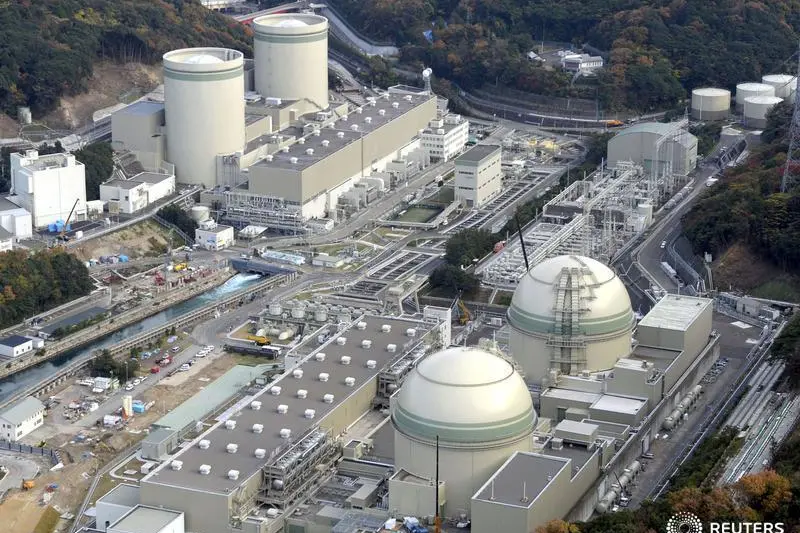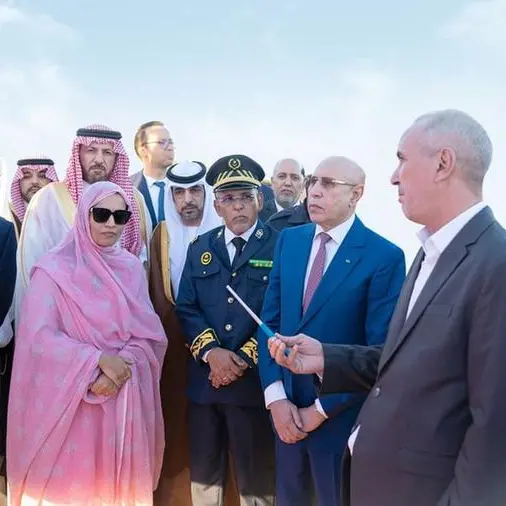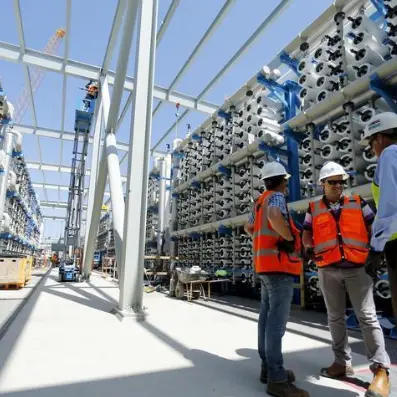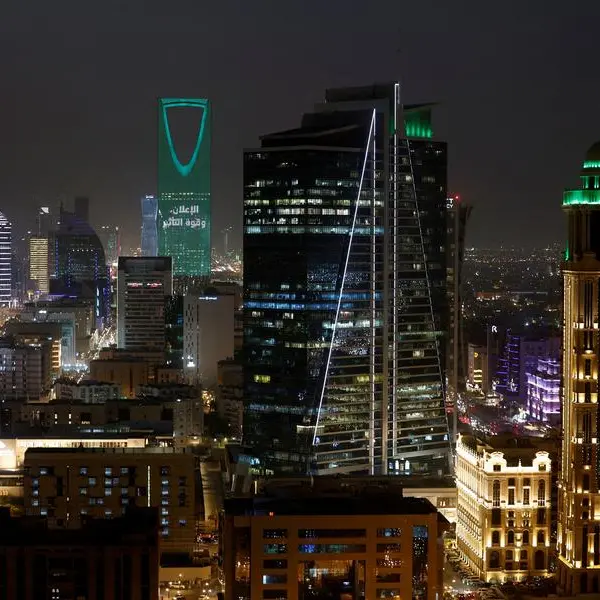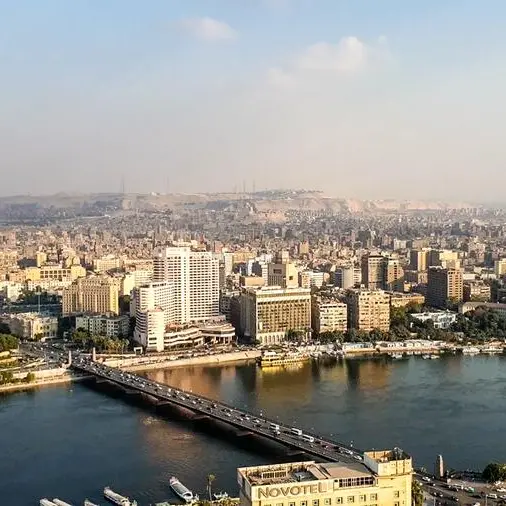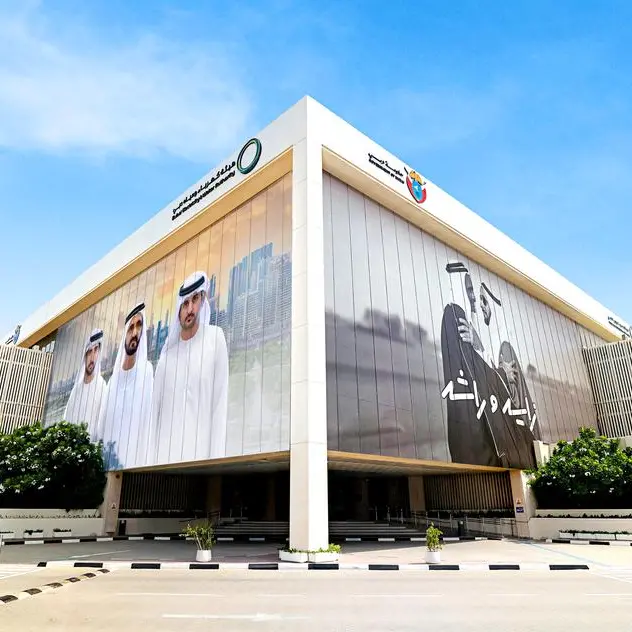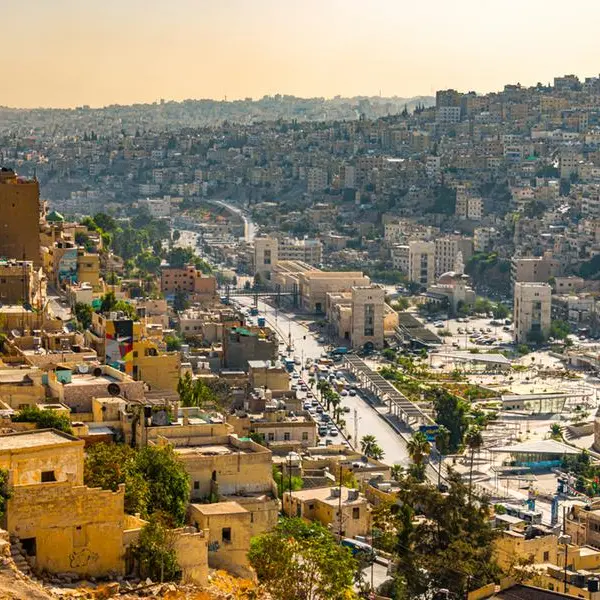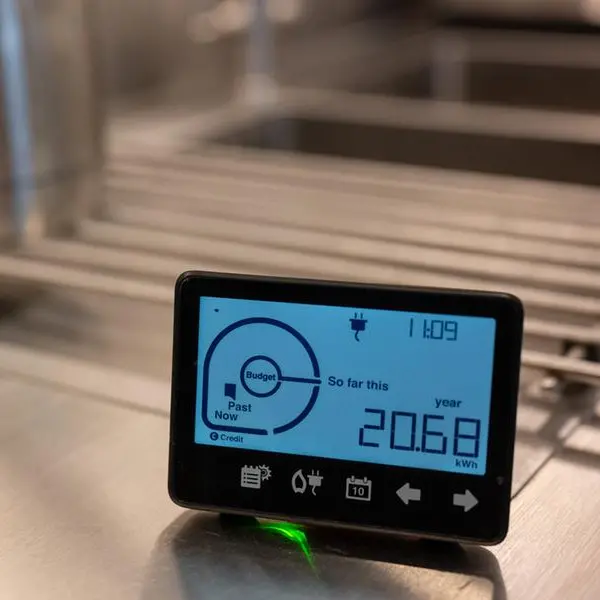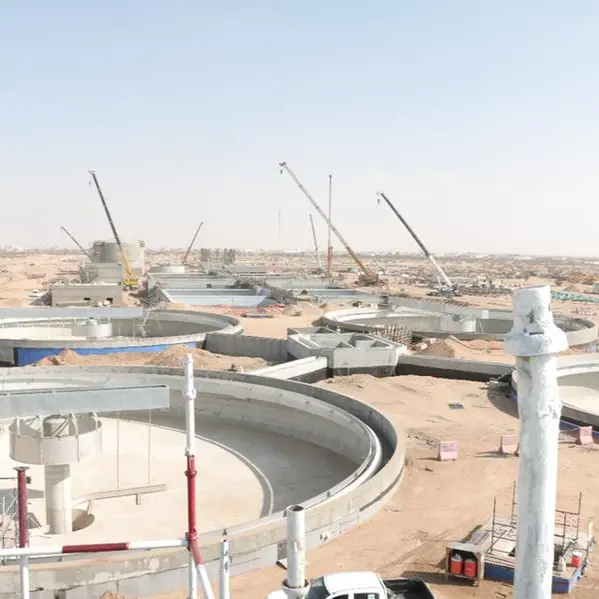PHOTO
After a hiatus of two decades, nuclear energy investment is gaining traction as the West struggles to move away from Russian gas and the urgency to meet climate goals forces countries to look at every low-carbon alternative available.
The International Energy Agency (IAEA) said in July that achieving net zero would be harder and costlier without nuclear power, which now accounts for 10 percent of electricity generation globally. It estimates global investment in nuclear power to go over $100 billion annually by 2030 and remain above $80 billion by 2050, up from $30 billion during the 2010s.
“While some countries are phasing out nuclear plants due to public opposition and concerns over safety,19 countries were in process of building new nuclear facilities at the start of 2021, envisaging a future role for nuclear power,” the report said.
In the Middle East, UAE announced its interest to produce low carbon hydrogen using electricity generated by its Baraka nuclear power plant. Egypt recently started construction of the El Dabaa nuclear power plant, North Africa’s first and the African continent’s second nuclear plant, even as Jordan and Saudi Arabia are mulling their nuclear options.
As more countries include nuclear in their energy mix, designing safe nuclear waste disposal systems right from the beginning could save billions in costs and time, according to US-based nuclear expert Dr Henry Crichlow, a Stanford engineering PhD holder, author, and the CEO of NuclearSAFE Technologies, and the patent holder of an invention that claims to safely store extremely dangerous nuclear waste thousands of metres underground in horizontal bore wells. Patented in 1998 and improvised over two decades, the technology uses oil well drilling techniques as safer, cost-effective, and scalable solution for nuclear waste disposal.
Incidentally, Crichlow had developed and implemented contingency and recovery plans to extinguish the 740 burning oil wells in Kuwait during the Gulf War.
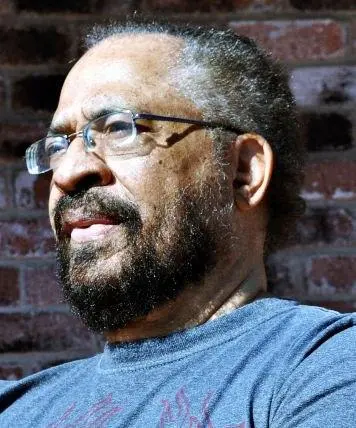

Zawya Projects sat down with the US-based nuclear expert to understand why nuclear energy is making a come-back, why small reactors are the way forward and why deep underground storage is a safer and cost-effective option for nuclear waste storage compared to conventional systems.
Small is the way forward
Small Modular Reactors (SMR) – an upcoming promising nuclear technology – will take the place of large nuclear power plants (about 1000 MW capacity) in a decade, especially in places like the Middle East where there are none right now, said Crichlow adding the MENA region should look at creating an optimal energy mix by including SMRs.
SMRs are 300- 500MW capacity distributed nuclear energy systems that can be developed in one to two years, he said.
“Large scale nuclear power is extremely expensive. The political and regulatory structure is so rigid, it takes 10 years to get a certificate for a large move. During that period the budget usually doubles or triples. Secondly, prices for small modular reactors are dropping as numbers increase. They can be assembled in a factory and transported to the location using four or five big trucking systems,”
As production numbers increase, they benefit from cost efficiencies and gain from economies of scale.
“The third is economics. Large companies like Hyundai and GE are going to see a revenue stream that they have been missing.” Crichlow noted.
SMRs can be placed in different locations to optimise the grid and minimise the need to build additional power lines and infrastructure. Being decentralised energy centres. they are not a safety hazard but a “safety guarantee,” the expert reiterated.
“The whole idea is …by having SMRs, safety is enhanced because there's no way in the world that all five or six units will go down simultaneously or cause radioactive problems like in Chernobyl. These smaller units are almost self-regulatory and have inbuilt safety systems”.
Tackling Nuclear waste
Crichlow argued that current nuclear waste disposal methods are not feasible, noting that near-surface tunnels and mines used in Sweden, Finland and Canada are going to fail as they will become saturated with water in 50 years.
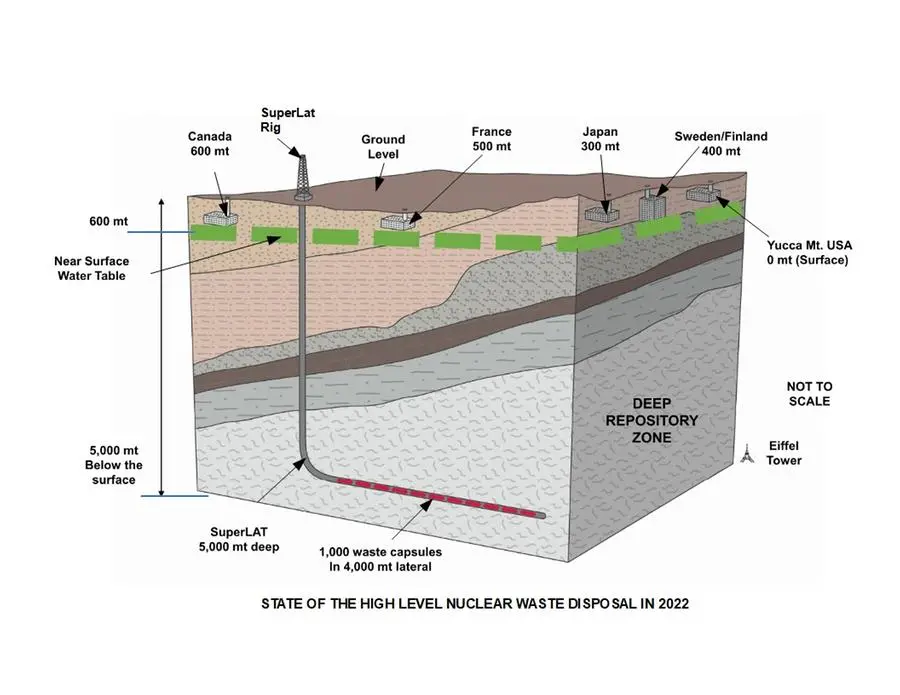

Instead, he proposed storing waste in horizontal cylinders and sending them deep underground to place them in horizontal repositories of rocks that will not be in contact with the environment for 10 million years; a technology he patented in 1998.
“We can drill down 4,000 metres, then turn the bit and go another 5,000 metres making a horizontal lateral called the SuperLap. We can prepare the system in less than six months as opposed to 10-15 years (for conventional methods) and do it with 30 men instead of 3,000 in a typical tunnel or mine and do it safely.” If something goes wrong, “we plug it with cement, shut it off, go 200 feet away and drill another one within six months”.
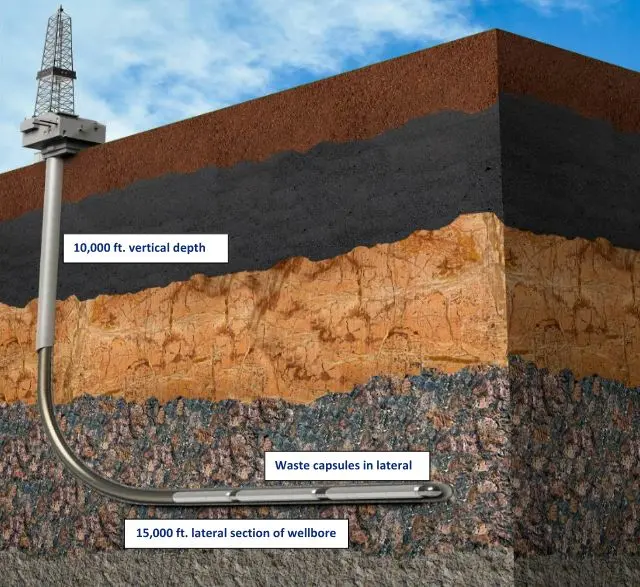

He said the system is incredibly cheap. “We can put a repository in place for less than $100 million to store 1000 metric tonnes of waste and there is no recurring cost. For example, the Yucca Mountain repository in America is $37 billion and the repository in Canada costed $14 billion.”
“What's good about the Gulf region is everybody knows about oil and gas drilling. The infrastructure and expertise are already in place for any development of waste repositories in the Gulf region.”
He pointed out that depending on the volume, nuclear waste can be disposed of locally at the generation site if the geology is good, or be brought over to a central location, depending on what is more efficient and economical.
Crichlow said the technology is ready for commercial deployment. “We are looking at Canada and Europe and are actively pursuing some leads here in the United States. We have spoken to the Department of Energy (US). We hope to have a demonstration prototype in 2023,” he concluded.
(Reporting by Sowmya Sundar; Editing by Anoop Menon)
